Plant Profiles: Hellebores
 |
| Gorgeous Helleborus 'Anna's Red', whose tale you'll find in January's Blooms Day |
Do you have plants that wax and wane in your affections? That's how I've been with hellebores. They're one of the first plants I ever bought; some Christmas roses whose crisp white blooms brought winter cheer to my first garden.
They were fine for a while, but then they came down with the dreaded 'black spot', the bane of most hellebore growers. I briefly considered replacing them with some of the larger hellebores, but I was put off by their downward facing blooms and tendency to self-seed everywhere.
Then a few years ago, I was smitten by H. x ericksmithii 'Winter Moonbeam' at an RHS London show. These have more upright blooms, - so much better for viewing them - with fantastic marbled foliage for year-round interest. They're also fabulous in pots.
Since then I've not looked back. H. 'Anna's Red' has joined my potted plants, placed on the patio to maximise winter viewing and cheer. I've even learned to embrace the qualities of the self-seeders, thanks to a gift from J from choir. I now have a much better spot for them than when I treated them with disdain and they're merrily spreading themselves around my woodland garden.
Over the years I've learned my gardening prejudices aren't necessarily to do with the plants. Sometimes it's because I don't have the right garden or spot for them.
--------------------------------------------------------------------------------------------------------
Cultivation Notes
Pot-grown is a more unusual way of keeping them, and I chose to do so because of my garden's heavy clay. Mine are in the shadier parts of the garden, though some like my H. 'Winter Moonbeam' don't mind sunshine. I ensure they're kept moist and I snuggle them down for the winter with a topping of leaves in the autumn.
I almost didn't buy my 'Winter Moonbeam' because of the 'black spot' problem (more properly known as hellebore leaf spot, a fungus) but I'm glad I ignored my doubts as I haven't had a problem so far (touches wood). If I do in the future, then I'll simply remove and destroy the infected leaves.
Most hellebore species are well-know for their self-seeding tendencies. Large clumps can also be divided in the autumn or spring, like my friend J did.
H. x ericsmithii cultivars are sterile and slow to make clumps large enough for division. Thankfully micro-propagation techniques have served to provide good, healthy plants which are more affordable.
The National Collection of hellebore species is held by Mike Byford of Hazels Cross Farm Nursery in Staffordshire.
You may also like
- Graham Rice's overview of various hellebore species and the best garden spots for them - he shows they're not just for woodland areas
- Bunny Guinness's informative "Everything you need to know about hellebore hybrids"
- Anna Pavord's delightful story of how she found out 'Anna's Red' was named for her
- John Hoyland's article on H. x ericsmithii, with some good companion planting ideas
- Mary Keen's article on some of this country's prominent hellebore breeders - a slippery slope if you love hellebores as there is so much variety to choose from
- The RHS's general guide on growing hellebores
- Beat the winter blues - 10 ideas for great places to see hellebores in February/March
--------------------------------------------------------------------------------------------------------
Plant Profiles is sponsored by Whitehall Garden Centre.
Note to readers: sponsorship goes towards my blogging costs. The words are my own. There are no affiliate links or cookies associated with this post.
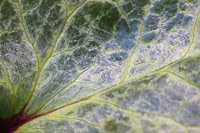


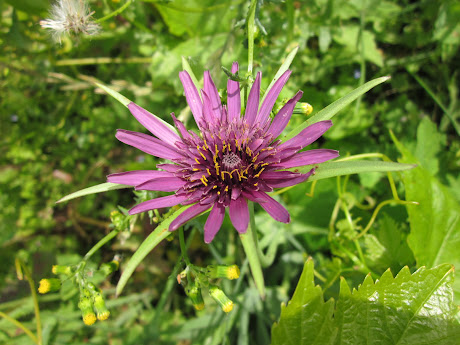
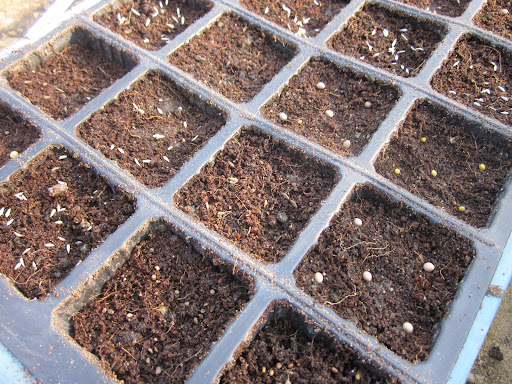
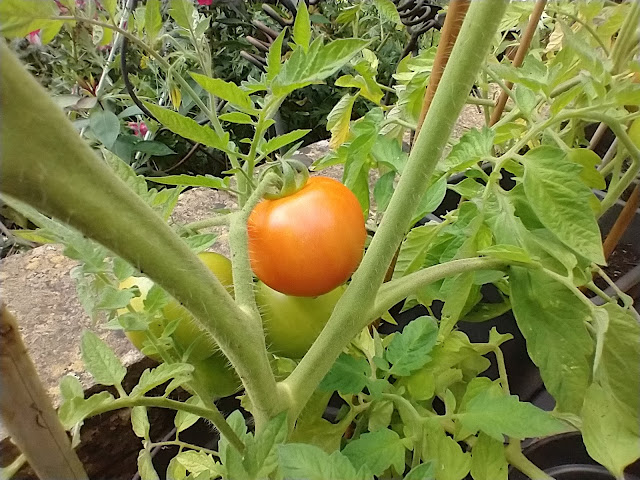


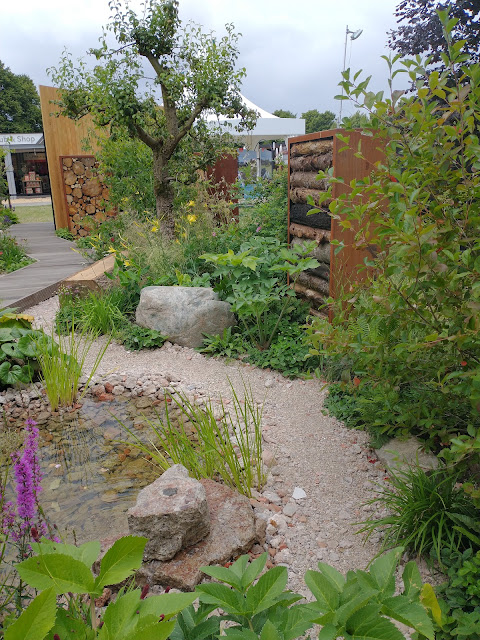




It is a wonderful plant, I agree. I bought Winter Moonbeam 2 years ago and suddenly it vanished! I think I will try again though.
ReplyDeleteIt'll definitely be worth the effort Pauline :)
Delete